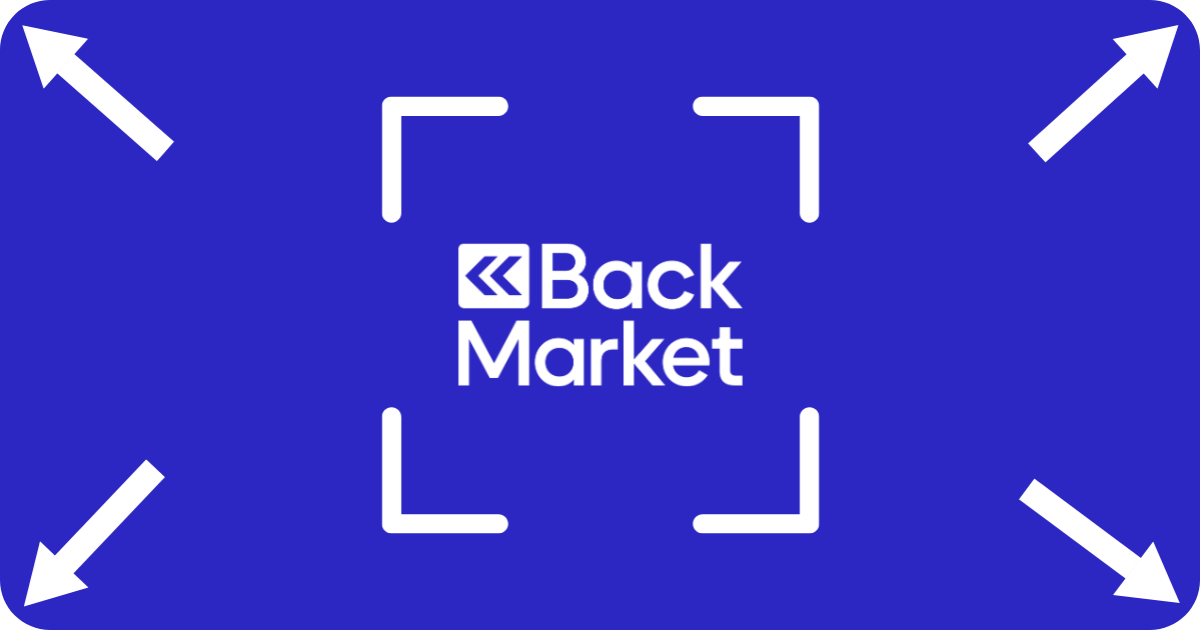 BLOG MULTIPLY
BLOG MULTIPLYHow to Implement Dynamic Pricing Strategies to Maximize Your Sales Growth

 BLOG MULTIPLY
BLOG MULTIPLY

“Why are my competitors always undercutting me, yet still managing better margins?”
“How did I lose the Buy Box when my price was only 50 cents higher?”
If these questions keep you awake at night, you’re not alone. The brutal truth most eCommerce sellers don’t want to hear: your static pricing strategy isn’t just outdated—it’s actively costing you money.
Pricing is no longer a passive setting – it’s a core strategic function. It influences everything from profitability and competitiveness to customer perception and inventory health. With price transparency at an all-time high and alternatives always just a click away, consumers have become more discerning, and competition has intensified across virtually every product category.
Static or one-size-fits-all pricing models simply don’t hold up in a marketplace that evolves by the hour. Fluctuations in demand, shifts in competitor behaviour, changes in stock levels, and marketplace algorithm updates all require you to remain agile and informed. Pricing decisions must now account for real-time variables and be optimized not just for short-term sales, but long-term margin sustainability, Buy Box share, and operational efficiency.
To thrive in this environment, eCommerce sellers need to treat pricing as a dynamic, continuously optimized lever – powered by data, automation, and strategic insight. Relying on manual updates or intuition is no longer enough. The businesses that succeed are the ones that embed intelligent pricing systems into the core of their operations.
This is where dynamic pricing becomes a game-changer.
This guide will explore what dynamic pricing is, why it matters in online selling, how to build a dynamic pricing strategy that actually works, and how modern tools, like Multiply, are helping sellers execute at scale.

Dynamic pricing refers to the automated adjustment of product prices in response to real-time market data. These adjustments are made based on factors such as competitor pricing, stock availability, consumer demand, seasonality, and even time of day.
It replaces the traditional “set-it-and-leave-it” approach with a responsive, data-informed pricing strategy. Done well, it helps you to remain competitive, protect margins, and align pricing with changing business conditions.
The e-commerce landscape is increasingly algorithmic and transparent. Sellers who adapt to pricing signals in real time are far better positioned to capture customer attention and optimize performance.
Platforms like Amazon and Google Shopping factor pricing into ranking and Buy Box algorithms. Listings that meet certain performance and pricing criteria are more likely to gain visibility and conversions. Without dynamic pricing, a product might drop off the radar – even if it’s a great fit for the customer in search of it.
At the same time, price-conscious consumers compare multiple sellers before making a purchase. If your price isn’t competitive, you’re not just missing a sale – you may be missing future customer loyalty.
Additionally, many sellers are already using repricing automation. Failing to keep pace means falling behind in a highly fluid market.
A well-executed dynamic pricing strategy doesn’t mean prices constantly fluctuate without direction. It means having a system that adapts quickly to change, within clearly defined boundaries and business goals.
Sellers with large catalogues and multichannel operations often turn to specialized pricing platforms to help manage complexity. Among the solutions available, Multiply is one platform used by many e-commerce teams to implement dynamic pricing effectively.
Multiply uses AI-powered algorithms to adjust prices in real-time, aiming to maximize revenue and win Buy Boxes. It can update prices up to 30 times per hour for optimal accuracy and speed – and these solutions can be easily integrated into store too.
Multiply integrates with more than 130+ sales channels, including Amazon, eBay, Google Shopping, and Back Market, allowing sellers to synchronize prices automatically based on rules, competitor data, and market conditions. It offers features like real-time repricing, performance analytics, and custom bounds, making it easier to run the best pricing strategies per marketplace, across diverse platforms.
While it’s not the only solution in the market, Multiply exemplifies how technology can enable dynamic pricing at scale while preserving strategic control.

Dynamic pricing can take many forms. The best approach depends on your products, channels, and customer behaviour.
Competitor-based pricing is one of the most common models. You monitor and respond to how competitors are pricing the same or similar products. Your goal is to stay in line or slightly ahead, without starting a race to the bottom.
Inventory-based pricing allows you to price based on stock levels. For example, prices can be lowered when stock is abundant and need to move or increased when inventory is limited and sales velocity is high.
Rule-based pricing is another effective approach. You define conditional logic, such as “If Competitor X drops price by 10%, match it – but only if margin remains above 20%.” This method gives you flexibility with guardrails.
Buy Box-based pricing optimizes pricing to win and retain the coveted Buy Box position – without sacrificing any margin. Instead of undercutting, factor in fulfillment method, shipping time, and seller performance.
Virtual Bounds pricing strategy adds an extra layer of pricing discipline.
This sits on top of your standard pricing rules and lets you define flexible limits. For example, you might choose never to price more than 3% below your lowest competitor. This approach prevents unsustainable undercutting and supports a healthier pricing ecosystem by avoiding destructive price wars.
Cross Catalogue pricing strategy ensures consistent pricing across channels.
You sync pricing logic using a reference catalogue, often treating Amazon as the pricing anchor. For instance, your Amazon price can serve as the ceiling on other marketplaces. This lets you leverage Amazon’s real-time competitiveness to stay sharp across the board, while preventing price drift and preserving brand integrity.
These models can be used in combination to align with various business goals.
Dynamic pricing offers flexibility, but it also brings complexity and potential pitfalls.
A major concern is the “race to the bottom.” Without constraints in place, automated pricing can result in constant undercutting. This not only reduces profitability but also devalues your products and weakens your brand’s perception. To avoid this, businesses should always use margin floors and strategic boundaries. You should aim to pick a repricer that does not just lower your prices, but intelligently considers and protects your margins.
An additional consideration should be the team that works for the repricer you decide to work with – their expertise can be vital in pricing strategies. An experienced customer support team can not only help you set up your storefront with these intelligent solutions, but suggest and further other strategies to help you toward your goals.
Dynamic pricing is also data dependent. Inaccurate competitor data, mismatched product identifiers, or delays in information can trigger unwanted pricing decisions. That makes data accuracy and speed critical components of success.
And finally, compliance matters. Marketplaces often have pricing rules – such as limits on excessive under-pricing or price gouging – that need to be followed. Depending on your region, you may also face legal or ethical considerations in how pricing algorithms are applied.
To maximize the value of dynamic pricing while avoiding the pitfalls, sellers should:
Start with a core segment of products. Focus on top performers or highly competitive SKUs before scaling out across your catalogue.
Segment your pricing logic. Not all products require the same pricing behaviour. Segment by category, channel, or lifecycle stage.
Test before scaling. Use simulations, A/B testing, or controlled experiments to understand how pricing changes affect behaviour and revenue.
Keep humans in the loop. Automation should enhance your decision-making – not replace it entirely. Regular reviews and performance checks ensure pricing remains aligned with your business goals.
Dynamic pricing is more than a trend – it’s becoming a requirement in a world where pricing is fluid, transparent, and competitive. It empowers you to adapt to real-time conditions, optimize for your performance, and remain relevant across increasingly algorithm-driven platforms.
Success doesn’t come from automation alone – it comes from pairing smart technology with clear strategy and consistent oversight. Platforms like Multiply can help bring this strategy to life, offering the tools to automate intelligently while maintaining control over your margins, positioning, and growth.
In today’s e-commerce landscape, pricing isn’t static – and neither should your strategy be.


Wow! Multiply has
increased Buy Box wins to 80%, increased sales by 32% and increased profits where we have no competition. Trial over, now fully signed up. Thanks so much!
Get started in just a few clicks!
Unlock the tools you need